Home>Articles>How Much Does It Cost To Insulate Exterior Walls
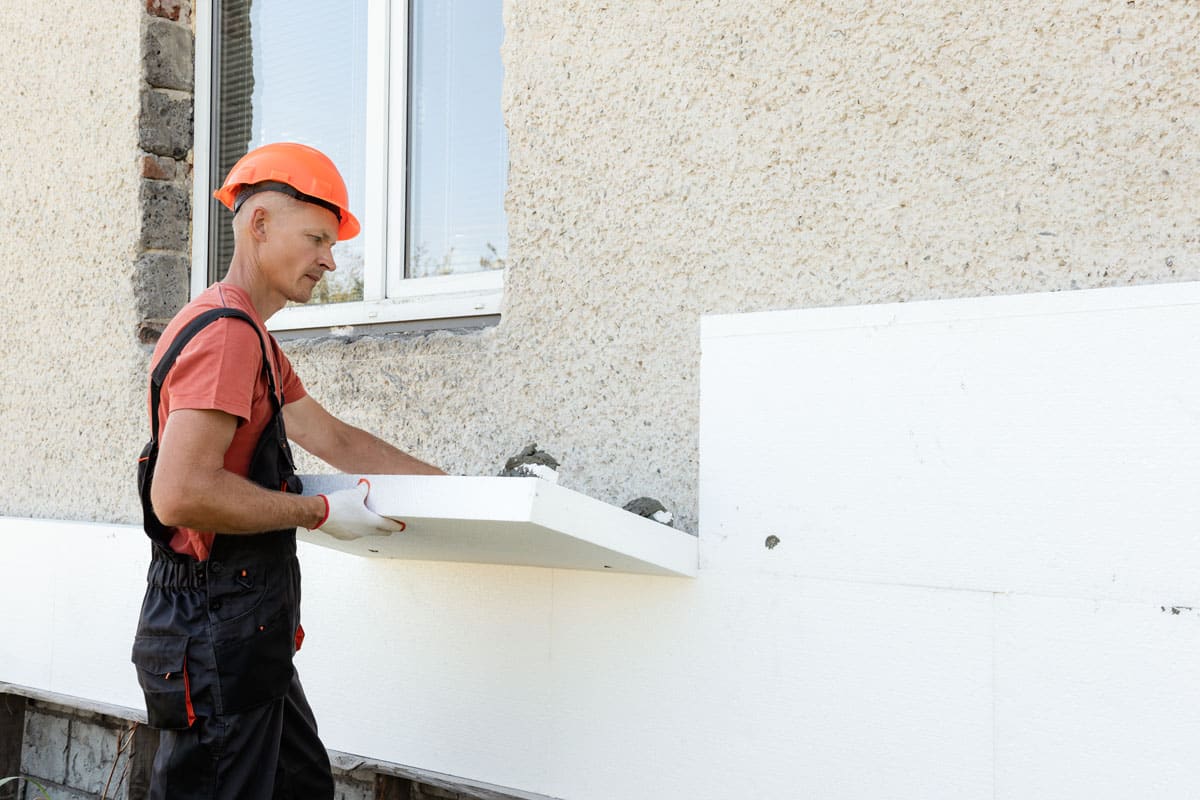

Articles
How Much Does It Cost To Insulate Exterior Walls
Modified: February 23, 2024
Looking for articles on the cost of insulating exterior walls? Find out how much it will cost and get expert tips for a more energy-efficient home.
(Many of the links in this article redirect to a specific reviewed product. Your purchase of these products through affiliate links helps to generate commission for Storables.com, at no extra cost. Learn more)
Introduction
Insulating the exterior walls of your home is a smart investment that can help improve energy efficiency, reduce utility bills, and enhance overall comfort. By adding a layer of insulation to the exterior walls, you can prevent heat loss in the winter and heat gain in the summer, creating a more stable indoor climate.
When considering exterior wall insulation, one of the first questions that often comes to mind is the cost. The cost of insulating exterior walls can vary depending on several factors, including the size of the project, the type of insulation used, and the complexity of the installation.
In this article, we will explore the factors that can affect the cost of insulating exterior walls, as well as the different types of insulation materials available. We will also provide an overview of the costs associated with fiberglass insulation, spray foam insulation, and cellulose insulation. Additionally, we will discuss any additional costs and considerations that may arise during the insulation process. Whether you choose to tackle the project yourself or hire professionals, we will also compare the costs associated with DIY installation versus professional installation.
By understanding the factors that influence the cost of exterior wall insulation and the various options available, you can make an informed decision and determine the best approach for your home and budget.
Key Takeaways:
- Insulating exterior walls can improve energy efficiency, reduce utility bills, and enhance comfort. Factors affecting costs include size of project, type of insulation, and additional preparatory work.
- Fiberglass, spray foam, and cellulose are popular insulation options, each with unique benefits and cost considerations. DIY installation may offer cost savings, but professional expertise ensures long-term effectiveness.
Read more: How Much Does It Cost For Insulation
Factors Affecting the Cost of Exterior Wall Insulation
Several factors come into play when determining the cost of insulating the exterior walls of your home. By understanding these factors, you can estimate the potential expenses and plan your budget accordingly.
1. Size of the Project: The size of your home, including the square footage of the exterior walls, will significantly impact the cost of insulation. Larger homes will require more insulation material and labor, resulting in higher costs.
2. Type of Insulation Material: The type of insulation you choose will also affect the cost. Different materials have varying price points, and some offer higher levels of insulation performance than others.
3. Accessibility: The accessibility of your exterior walls can impact the cost of insulation. If your walls are easily accessible, installation will be simpler and less time-consuming, resulting in lower labor costs.
4. Existing Conditions: The condition of your existing walls can also influence the cost. If there are any issues, such as mold or structural damage, they will need to be addressed before insulation can be installed, adding to the overall cost.
5. Additional Preparatory Work: Depending on the state of your exterior walls, additional preparatory work may be required. This can include cleaning, repairing cracks or gaps, or removing old insulation materials. These extra steps can increase the overall cost.
6. Location: The location of your home can affect the cost of exterior wall insulation. Labor costs can vary by region, so it’s important to consider local market rates when estimating the overall expense.
7. Contractor Rates: If you choose to hire professionals for the installation, the rates of contractors can also impact the cost. It’s advisable to obtain multiple quotes from reputable contractors to compare prices and services offered.
8. Additional Features: If your exterior walls have unique features, such as windows, doors, or architectural details, the insulation process may require extra attention and expertise. This can contribute to higher costs.
By considering these factors and consulting with professionals, you can get a better understanding of the potential costs associated with insulating your home’s exterior walls. Evaluating these factors will help you plan your budget accordingly and make informed decisions about which insulation materials and installation options are right for your needs.
Types of Exterior Wall Insulation
When it comes to insulating the exterior walls of your home, there are several types of insulation materials to choose from. Each type has its own unique properties, benefits, and costs. Understanding these options will help you make an informed decision about which type of insulation is best suited for your needs.
-
Fiberglass Insulation:
Fiberglass insulation is one of the most common and affordable options for insulating exterior walls. It consists of tiny glass fibers that are bound together to form flexible insulation batts or rolls. Fiberglass insulation is known for its thermal performance, as it effectively prevents heat transfer.
One of the main advantages of fiberglass insulation is its cost-effectiveness. It is relatively inexpensive compared to other insulation materials. Fiberglass insulation is also easy to install, making it a popular choice for DIY projects. However, it is important to note that proper safety precautions should be taken during installation, as the tiny glass fibers can irritate the skin and respiratory system if not handled carefully.
-
Spray Foam Insulation:
Spray foam insulation is another option for insulating exterior walls. It is a liquid foam that expands upon application, filling and sealing gaps and cracks. Spray foam insulation provides excellent thermal insulation properties and can create an airtight barrier, reducing energy loss.
One of the main advantages of spray foam insulation is its ability to conform to irregular surfaces and fill even the smallest of gaps, resulting in superior insulation performance. It also has high R-values, which measure the insulation’s effectiveness. However, spray foam insulation is typically more expensive compared to other insulation materials, and professional installation is highly recommended to ensure proper application.
-
Read more: How To Add Insulation To Exterior Walls
Cellulose Insulation:
Cellulose insulation is an eco-friendly option for insulating exterior walls. It is made from recycled paper fibers treated with fire-retardant chemicals. Cellulose insulation is effective in reducing heat transfer and improving energy efficiency.
One of the main advantages of cellulose insulation is its environmentally-friendly nature. It is made from recycled materials and has a low carbon footprint. Additionally, cellulose insulation can be blown into walls, making it suitable for retrofitting existing homes. However, it should be noted that cellulose insulation may require professional installation due to the specialized equipment needed for installation.
These are just a few of the commonly used types of insulation for exterior walls. Other options, such as mineral wool, rigid foam insulation, and reflective insulation, may also be available. When selecting the type of insulation material for your exterior walls, it is crucial to consider your budget, desired level of insulation, and any specific requirements or constraints of your home.
Cost of Insulating Exterior Walls with Fiberglass Insulation
Fiberglass insulation is a popular and cost-effective option for insulating exterior walls. It offers good thermal performance and is relatively easy to install, making it a common choice for homeowners looking to improve energy efficiency in their homes. The cost of insulating exterior walls with fiberglass insulation depends on various factors such as the size of the project, the type of fiberglass insulation, and the labor involved.
On average, the cost of fiberglass insulation for exterior walls ranges from $1 to $2 per square foot. This cost includes the insulation material itself, as well as any necessary accessories, such as vapor barriers and tape. However, this cost can vary based on factors such as regional labor rates, the thickness of insulation desired, and any additional preparatory work required.
When estimating the cost of fiberglass insulation, it’s important to take into account both the material cost and the installation cost. If you choose to install fiberglass insulation yourself, the material cost will be the primary expense. Fiberglass insulation batts or rolls are typically sold in standard sizes, so you will need to calculate the number of batts or rolls required based on the square footage of your exterior walls. Additionally, you may need to purchase additional materials, such as a vapor barrier, to ensure proper insulation and moisture control.
If you opt for professional installation, the labor cost will also need to be considered. Professional installers will take care of the entire installation process, ensuring proper alignment and coverage. The labor cost for fiberglass insulation installation can range from $0.50 to $1 per square foot, depending on the complexity of the project and the contractor rates in your area.
In some cases, there may be additional costs associated with fiberglass insulation installation. For example, if there are any existing issues with the exterior walls, such as mold or damage, these issues will need to be addressed before insulation can be installed, which may incur extra expenses. It’s important to consult with a professional or obtain multiple quotes to get an accurate estimate of the overall cost.
Overall, fiberglass insulation offers an affordable option for insulating exterior walls. It provides effective insulation and can help reduce energy costs in the long run. Whether you choose to install fiberglass insulation yourself or hire professionals, be sure to consider all the associated costs and factor them into your budget.
Cost of Insulating Exterior Walls with Spray Foam Insulation
Spray foam insulation is a popular choice for insulating exterior walls due to its excellent thermal performance and ability to create an airtight seal. While spray foam insulation offers many benefits, it is important to consider the cost implications when deciding whether it is the right option for your home.
The cost of insulating exterior walls with spray foam insulation varies depending on several factors, including the size of the project, the type of spray foam used, and the labor involved. On average, the cost of spray foam insulation for exterior walls ranges from $2 to $6 per square foot.
The primary cost associated with spray foam insulation is the material itself. Spray foam insulation is typically sold in two forms: open-cell and closed-cell foam. Open-cell foam is less expensive, costing around $0.50 to $1 per square foot, while closed-cell foam is pricier, ranging from $1 to $2 per square foot. The cost difference is due to the different properties and insulating capabilities of each type of foam.
In addition to the material cost, professional installation is recommended for spray foam insulation to ensure proper application and airtight sealing. The labor cost for spray foam insulation installation can range from $1 to $3 per square foot, depending on the complexity of the project and the contractor rates in your area.
It’s important to note that while spray foam insulation may have higher upfront costs compared to other insulation materials, it offers long-term energy savings and improved comfort. Its superior insulating properties and ability to create an airtight seal can significantly reduce energy loss and lower heating and cooling expenses over time.
Along with the material and labor costs, there may be additional expenses associated with spray foam insulation. If there are any existing issues or repairs needed on the exterior walls before installation, these costs should be factored into the overall budget. Additionally, if you choose to insulate specific areas of your exterior walls rather than the entire surface, the cost may vary accordingly.
When considering the cost of insulating exterior walls with spray foam insulation, it is recommended to obtain multiple quotes from reputable contractors. This will give you a better idea of the specific costs based on your home’s requirements and the labor rates in your area. By carefully considering the benefits and cost implications, you can make an informed decision about whether spray foam insulation is the right choice for your home.
Cost of Insulating Exterior Walls with Cellulose Insulation
Cellulose insulation is a popular eco-friendly option for insulating exterior walls. Made from recycled paper fibers treated with fire-retardant chemicals, cellulose insulation offers good thermal performance and can help improve energy efficiency in your home. When considering cellulose insulation, it’s important to understand the cost implications involved in the installation process.
The cost of insulating exterior walls with cellulose insulation depends on several factors, including the size of the project, the type of cellulose insulation used, and the labor involved. On average, the cost of cellulose insulation for exterior walls ranges from $1 to $2 per square foot.
The primary cost associated with cellulose insulation is the material itself. Cellulose insulation is typically sold in bags and the cost can vary depending on the thickness and R-value of the insulation. On average, cellulose insulation can range from $0.50 to $1 per square foot of insulation material.
If you choose to install cellulose insulation yourself, the material cost will be the primary expense. You will need to calculate the amount of insulation material needed based on the square footage of your exterior walls. Additionally, specialized equipment, such as a blowing machine, may be required for the proper installation of cellulose insulation.
Professional installation of cellulose insulation is also an option. The labor cost for cellulose insulation installation can range from $1 to $2 per square foot, depending on the complexity of the project and the contractor rates in your area. Professional installers have the expertise and equipment necessary to ensure the insulation is properly installed, maximizing its effectiveness.
It’s important to note that additional costs may be involved in the cellulose insulation installation process. These can include any necessary preparatory work, such as cleaning or repairing the exterior walls before installation. It is recommended to consult with a professional or obtain multiple quotes to get an accurate estimate of the overall cost for your specific project.
While cellulose insulation may have slightly higher upfront costs compared to other insulation materials, it offers several benefits. Cellulose insulation is an eco-friendly choice, as it is made from recycled materials. It also has good sound absorption properties and can help improve the overall comfort of your home.
When considering the cost of insulating exterior walls with cellulose insulation, it is important to weigh the benefits and long-term energy savings against the upfront costs. By doing so, you can make an informed decision about whether cellulose insulation is the right choice for your home and budget.
When insulating exterior walls, the cost can vary depending on factors such as the type of insulation material, the size of the area, and the labor involved. It’s important to get multiple quotes from reputable contractors to ensure you’re getting a fair price.
Read more: How Much Does It Cost To Insulate A Basement
Additional Costs and Considerations for Exterior Wall Insulation
While the cost of the insulation material and labor are important factors to consider when insulating exterior walls, there are several additional costs and considerations that may arise during the insulation process. These factors can impact the overall cost and effectiveness of the insulation project.
1. Preparatory Work: Before installing insulation, it may be necessary to prepare the exterior walls. This can include cleaning the walls, repairing any cracks or damages, or removing existing insulation materials. The cost of these preparatory tasks should be factored into the overall budget.
2. Moisture Control: Preventing moisture buildup in the walls is crucial for maintaining the longevity and effectiveness of the insulation. Additional moisture control measures, such as installing vapor barriers or improving drainage systems, may be necessary. These extra measures can add to the overall cost of the project.
3. Permits and Code Compliance: Depending on your location, obtaining permits for exterior wall insulation may be required. The cost of permits and ensuring compliance with local building codes should be considered when estimating the overall expense. It’s advisable to consult with local authorities or professionals to determine the specific requirements in your area.
4. Energy Audits: Conducting an energy audit before insulating the exterior walls can provide valuable insights into the areas of your home that require the most attention. While there may be a cost associated with hiring a professional to perform the audit, it can help optimize the insulation process and potentially save you money in the long run.
5. Ongoing Maintenance: Once the exterior walls are insulated, it’s important to carry out regular maintenance to ensure the insulation remains effective. This can include inspecting the walls for signs of damage or moisture intrusion and addressing any issues promptly. While ongoing maintenance may not have a direct cost associated with it, it is an important consideration for the long-term performance of the insulation.
6. Energy Savings: While not a direct cost, it’s important to consider the potential energy savings associated with exterior wall insulation. Insulating the walls can help reduce heating and cooling costs, resulting in long-term savings on utility bills. By considering the potential energy savings, you can evaluate the cost-effectiveness of the insulation project.
7. Environmental Impact: Another consideration to keep in mind is the environmental impact of the insulation materials. Some materials, such as cellulose insulation, are made from recycled materials and have a lower carbon footprint compared to others. Taking into account the environmental benefits can help you make a more sustainable choice.
By considering these additional costs and factors, you can get a more accurate estimate of the overall expenses associated with insulating your home’s exterior walls. It’s recommended to consult with professionals, obtain multiple quotes, and carefully plan your budget to ensure a successful insulation project.
DIY vs Professional Installation: Cost Comparison
When it comes to insulating the exterior walls of your home, you have the option to either tackle the project yourself or hire professionals for the installation. Both DIY and professional installation have their advantages and considerations, including cost implications.
DIY Installation
One of the main advantages of DIY installation is the potential cost savings. By installing the insulation yourself, you can eliminate the labor cost associated with hiring professionals. However, it’s important to consider the following factors:
1. Required Skills: Insulating exterior walls requires some level of skill and knowledge. You need to be familiar with the correct installation techniques, including properly measuring, cutting, and sealing the insulation. It’s crucial to ensure proper insulation coverage and adherence to building codes for safety and effectiveness.
2. Time and Effort: DIY insulation projects can be time-consuming, especially if you’re unfamiliar with the process. It’s essential to allocate sufficient time and effort to ensure the insulation is installed correctly. Additionally, you may need to purchase or rent specialized equipment, such as a blowing machine or insulation cutting tools.
3. Risk of Mistakes: Any mistakes or improper installation can compromise the effectiveness of the insulation and result in long-term issues, such as poor energy efficiency or moisture problems. It’s important to have a thorough understanding of the insulation materials and installation process to minimize the risk of errors.
Professional Installation
Hiring professionals for the installation of exterior wall insulation offers several advantages:
1. Expertise and Experience: Professional installers have the knowledge, skills, and experience to ensure proper insulation installation. They are familiar with the best practices and can address any challenges or specific requirements of your home. Professional installation can help minimize mistakes and optimize the insulation’s performance.
2. Time-Saving: Hiring professionals saves you time and effort. They will take care of the entire installation process, from preparing the walls to ensuring proper insulation coverage. This can be particularly beneficial if you have a large project or limited time available for DIY work.
3. Warranty and Guarantees: Many insulation contractors offer warranties or guarantees on their workmanship and products. This provides you with peace of mind, knowing that if any issues arise, you can rely on the professionals to address them.
When comparing the costs of DIY and professional installation, it’s important to consider the potential savings from DIY work versus the investment in professional expertise and efficiency. DIY installation typically incurs lower labor costs, but you need to account for the time, effort, and potential risks associated with improper installation. Professional installation may have higher upfront costs but can ensure a high-quality result and long-term energy savings.
Overall, the decision to do DIY or hire professionals for exterior wall insulation depends on your skills, available time, budget, and comfort level with the project. It’s recommended to evaluate your capabilities, research local contractor rates, and obtain multiple quotes to make an informed decision that meets your specific needs and ensures the best outcome for your home.
Conclusion
Insulating the exterior walls of your home is a wise investment that can improve energy efficiency, reduce utility bills, and enhance overall comfort. When considering the cost of insulating exterior walls, it’s essential to take various factors into account, including the size of the project, the type of insulation material, and any additional costs and considerations that may arise during the installation process.
Fiberglass insulation, spray foam insulation, and cellulose insulation are popular options for insulating exterior walls, each with its own benefits and cost considerations. Fiberglass insulation is an affordable choice that offers good thermal performance, making it a common option for homeowners. Spray foam insulation provides excellent insulation and airtight sealing, though it typically comes with a higher cost. Cellulose insulation is eco-friendly and effective, but it may require professional installation due to specialized equipment.
Alongside the material and labor costs, there are additional expenses to consider, such as preparatory work, moisture control measures, permits, and ongoing maintenance. These factors can impact the overall cost and effectiveness of the insulation project.
Another consideration is whether to undertake the project as a DIY endeavor or hire professionals for installation. DIY installation may offer cost savings, but it requires the necessary skills, time, and effort, as well as the risk of potential mistakes. On the other hand, professional installation provides expertise, time-saving, and warranties/guarantees, but comes with a higher upfront cost.
In conclusion, understanding the factors affecting the cost of exterior wall insulation, the different types of insulation materials, and the additional costs and considerations associated with the project will help you make informed decisions based on your budget, requirements, and comfort level. It’s advisable to consult with professionals, obtain multiple quotes, and carefully plan your budget to ensure a successful insulation project that enhances the energy efficiency and comfort of your home for years to come.
Frequently Asked Questions about How Much Does It Cost To Insulate Exterior Walls
Was this page helpful?
At Storables.com, we guarantee accurate and reliable information. Our content, validated by Expert Board Contributors, is crafted following stringent Editorial Policies. We're committed to providing you with well-researched, expert-backed insights for all your informational needs.
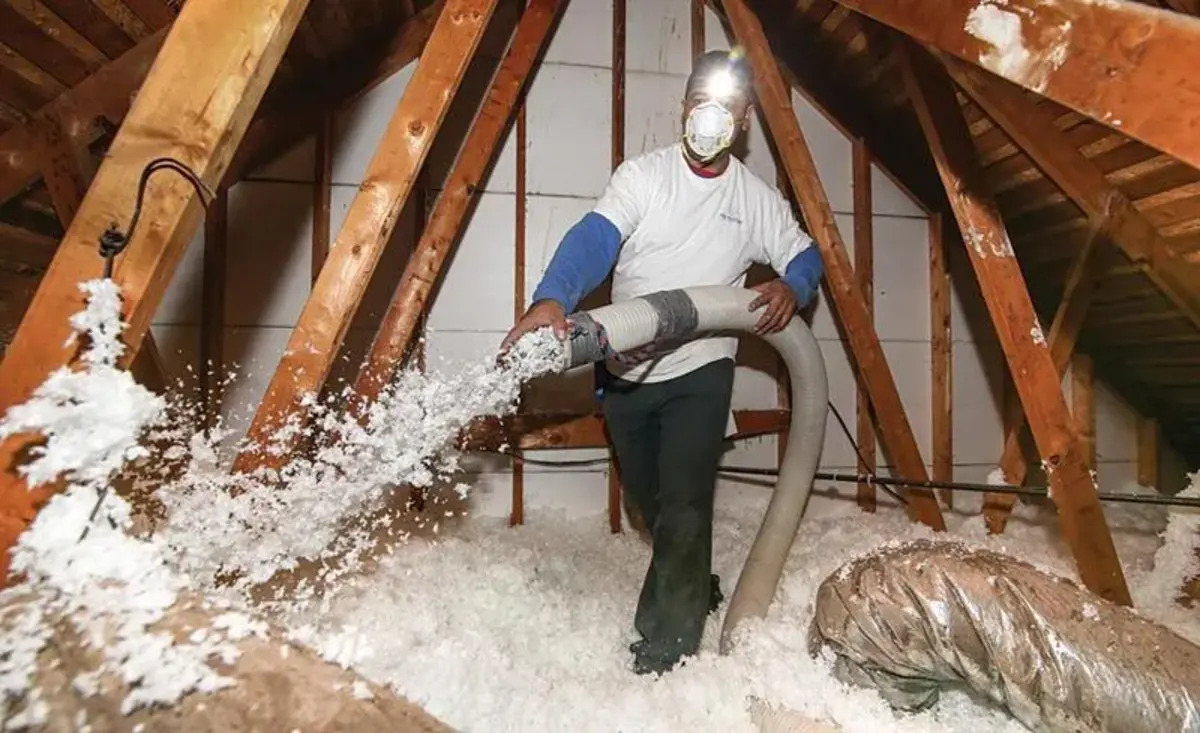
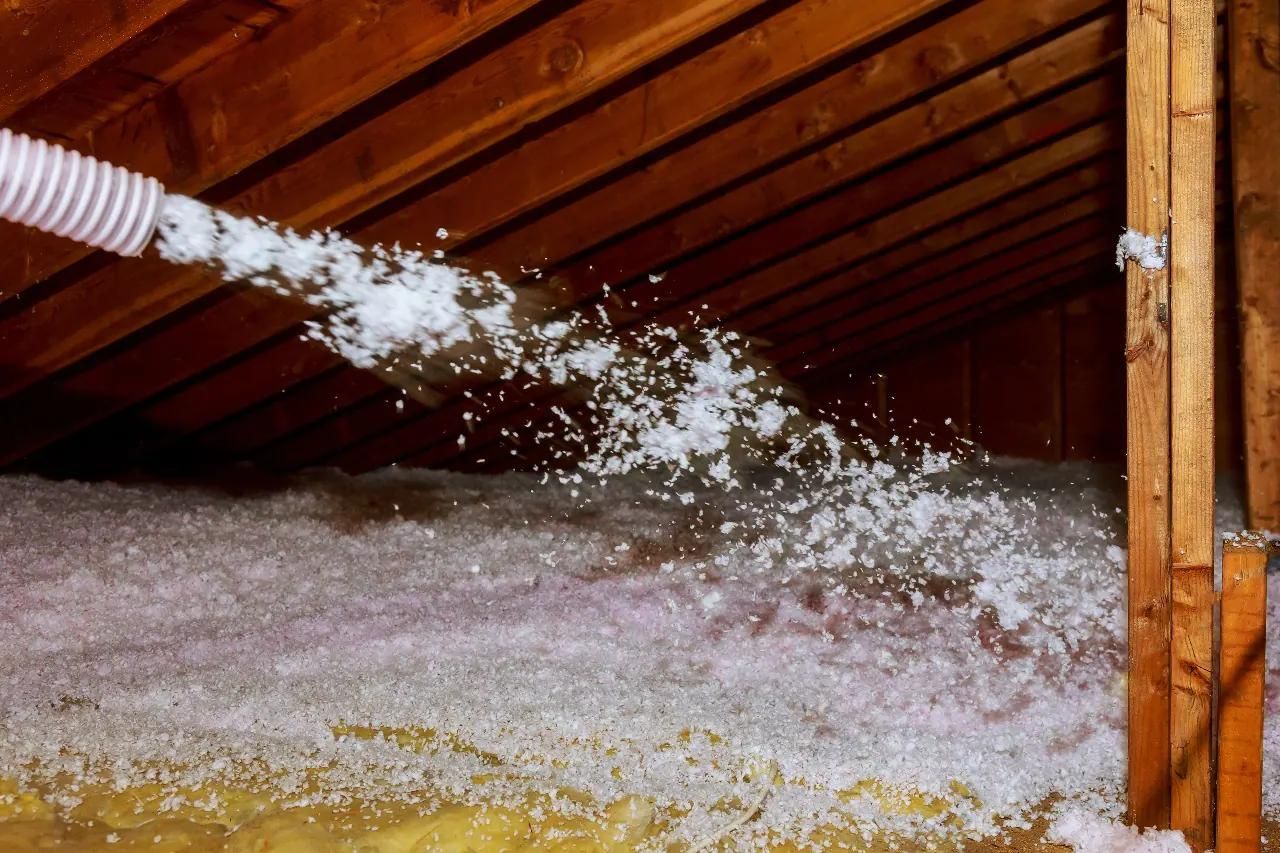

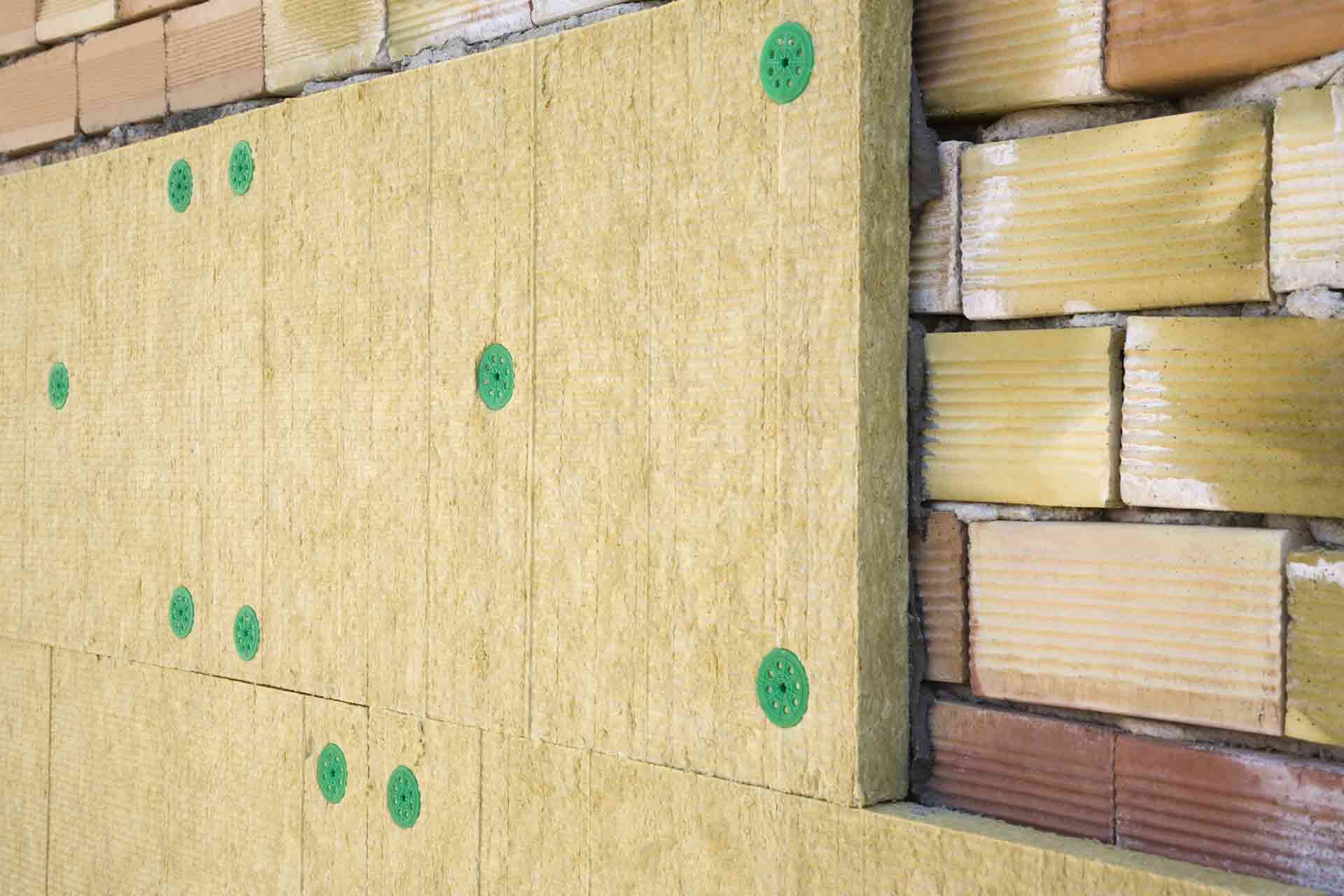
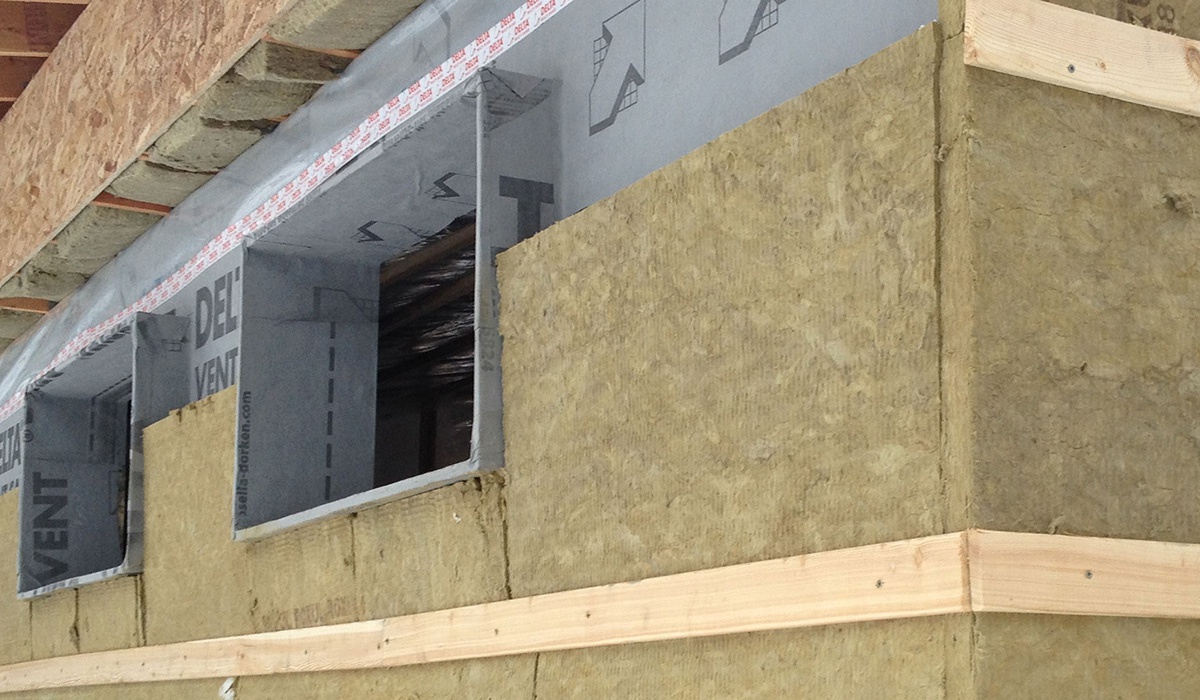
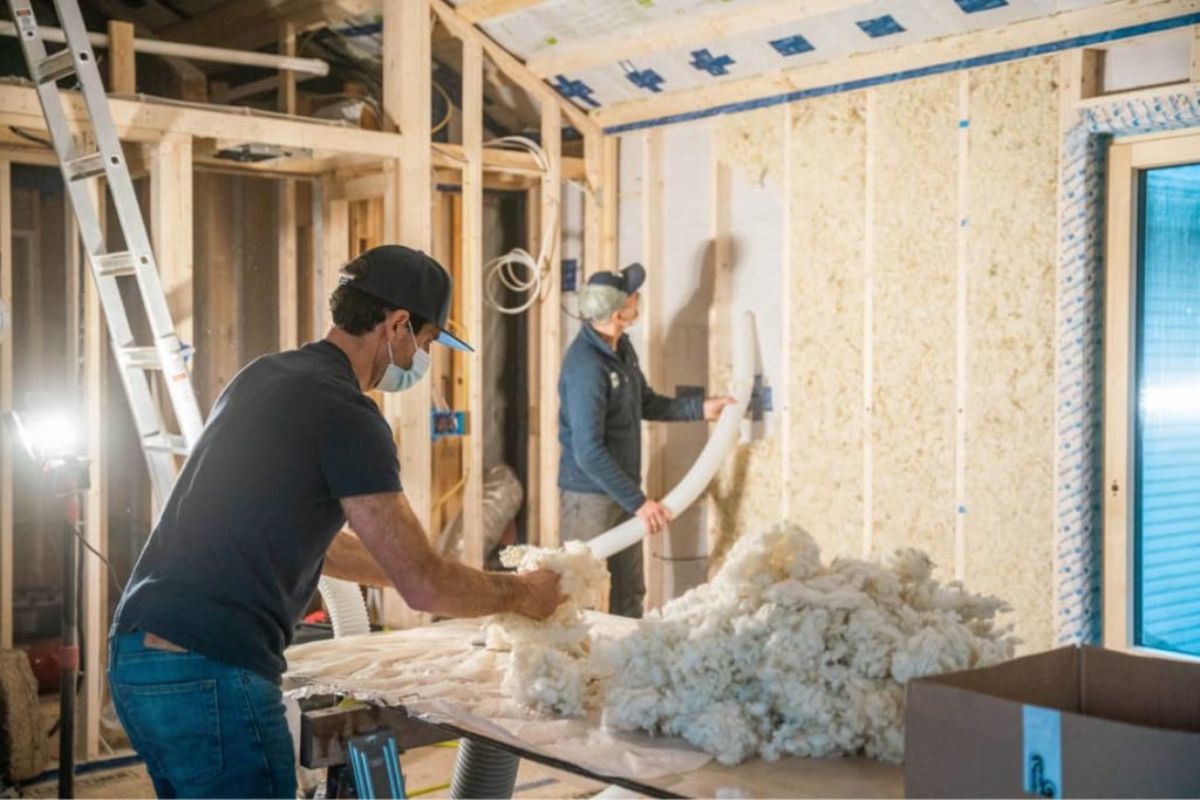
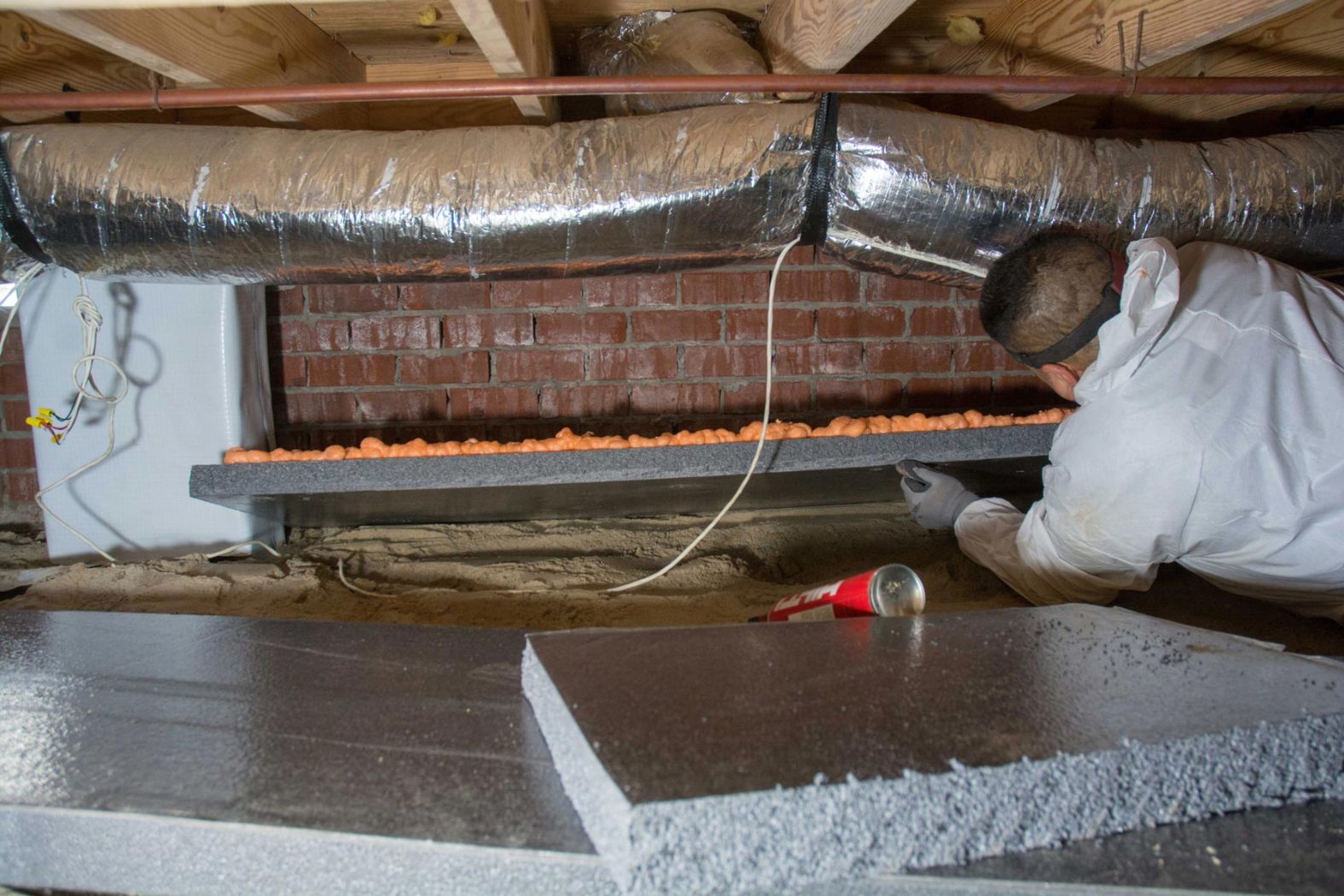
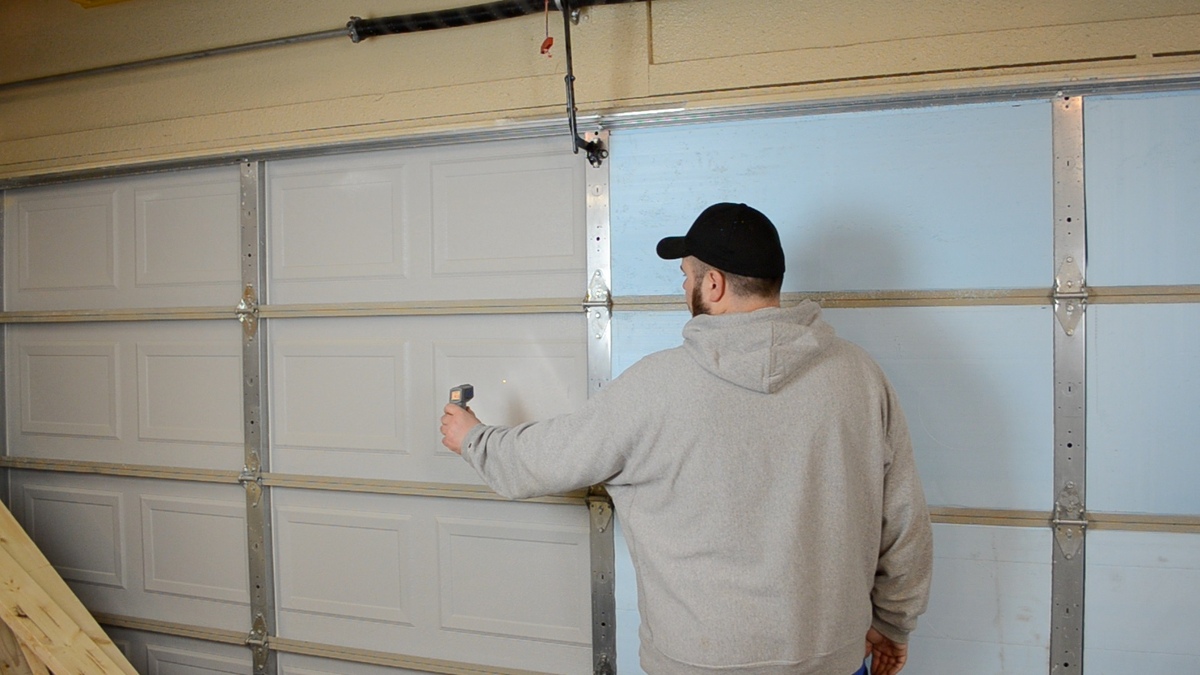
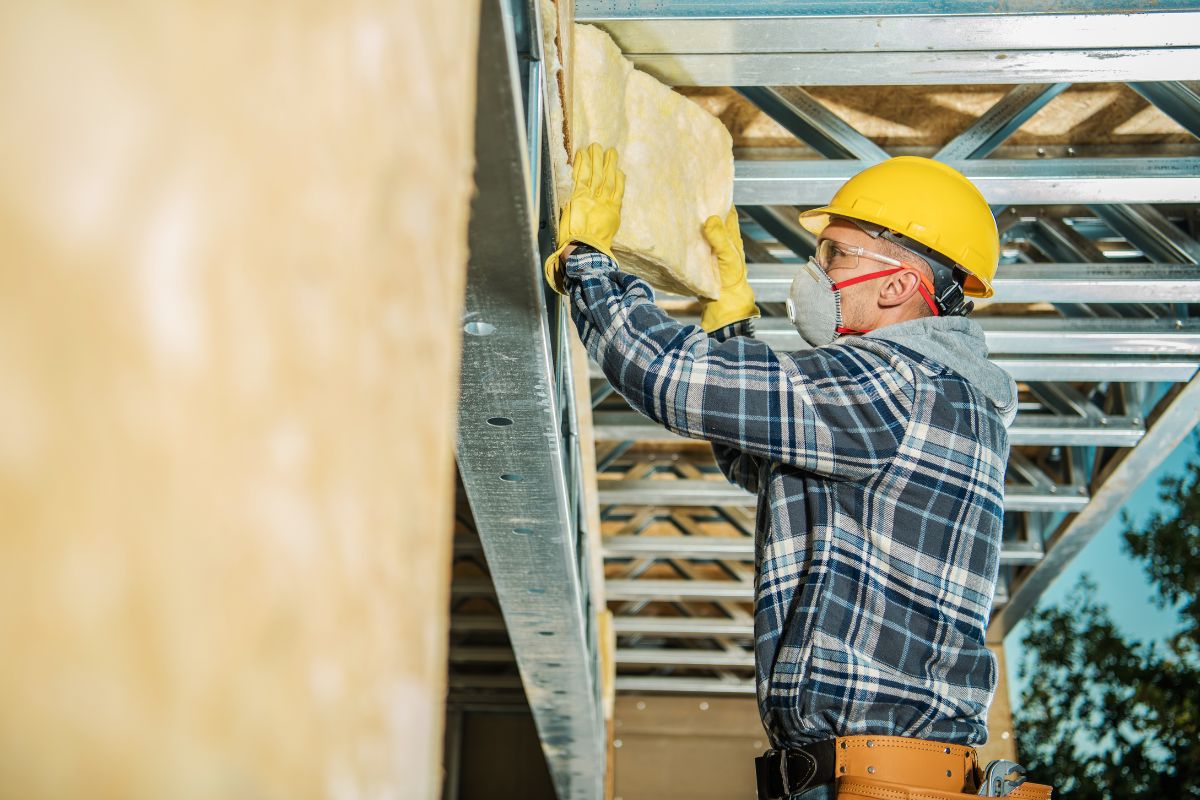
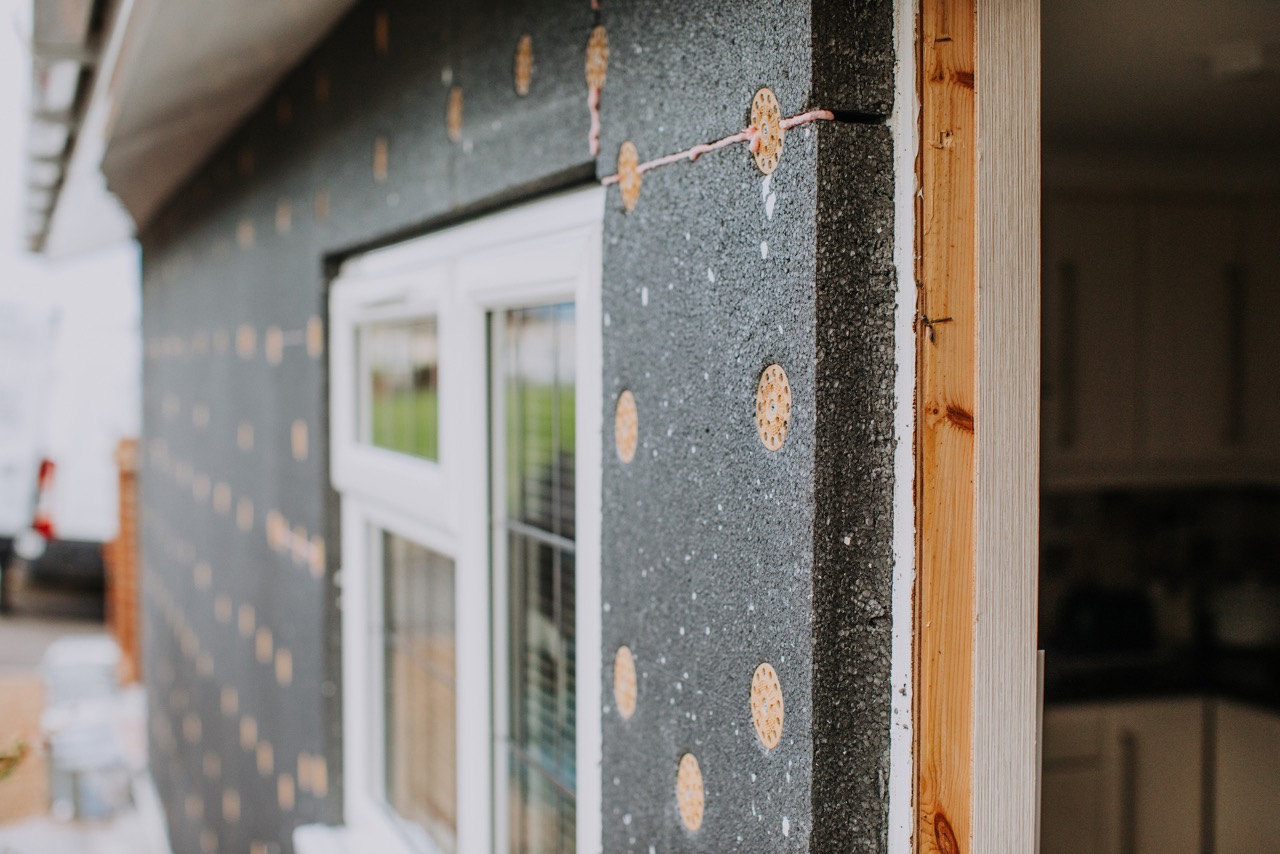
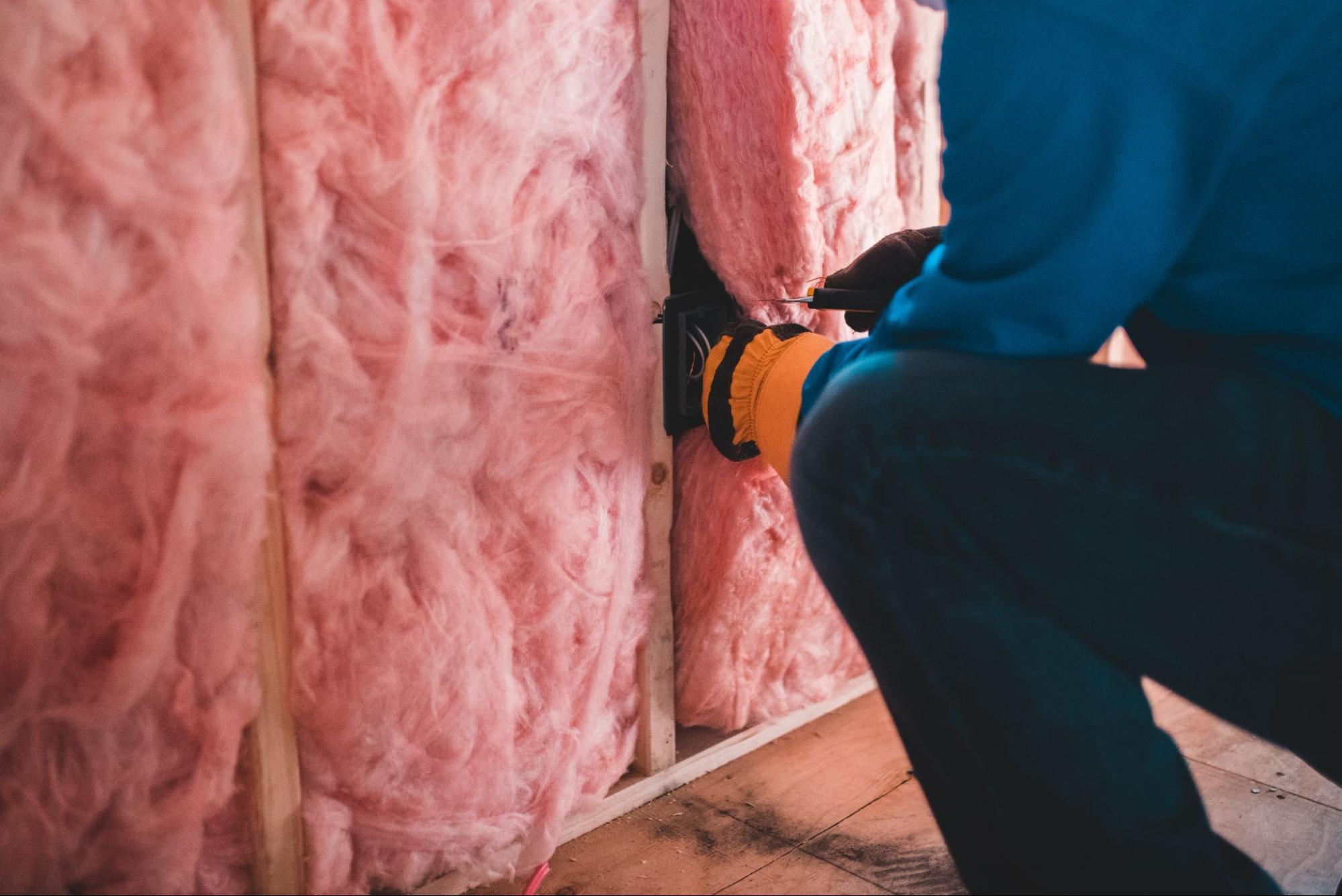
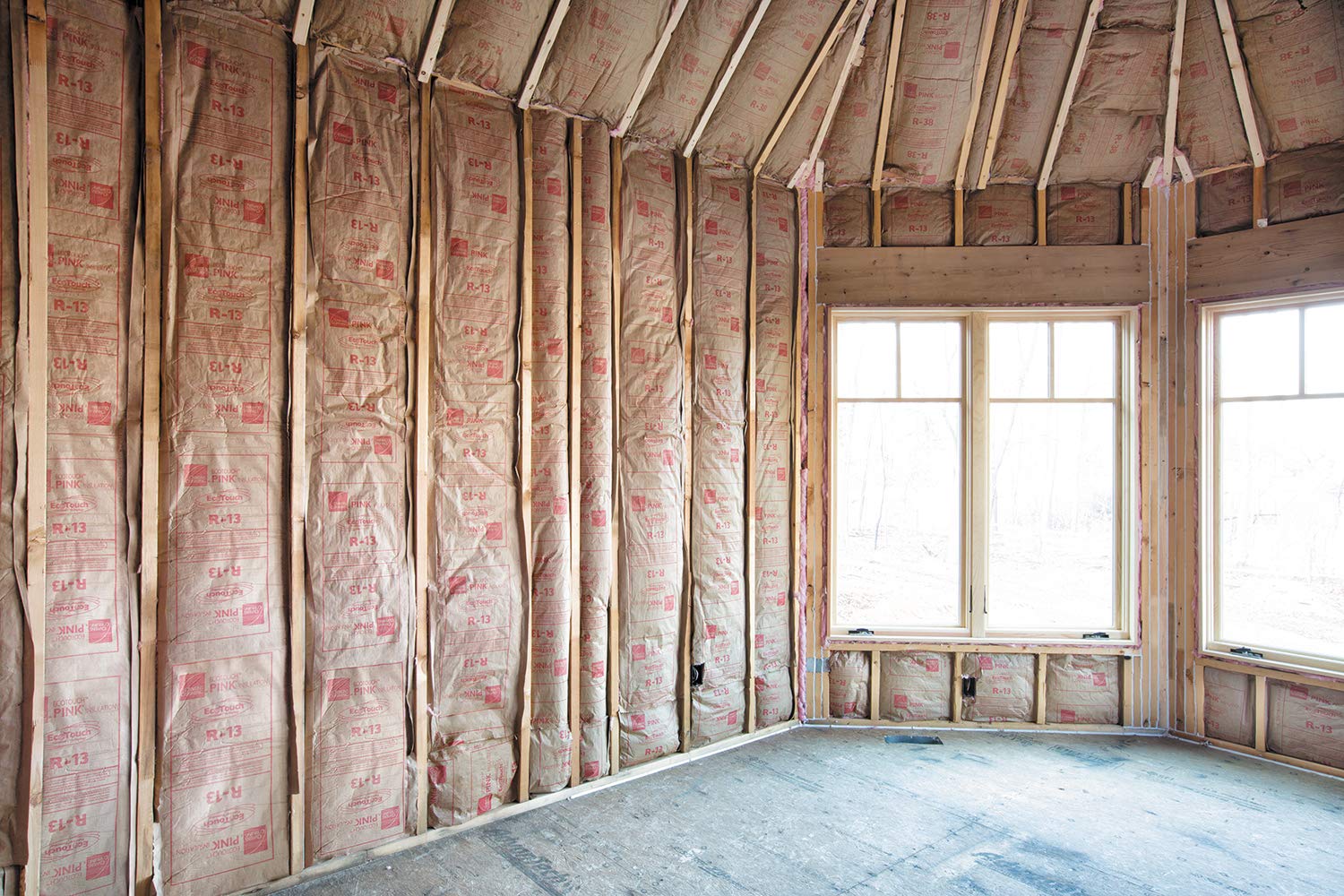
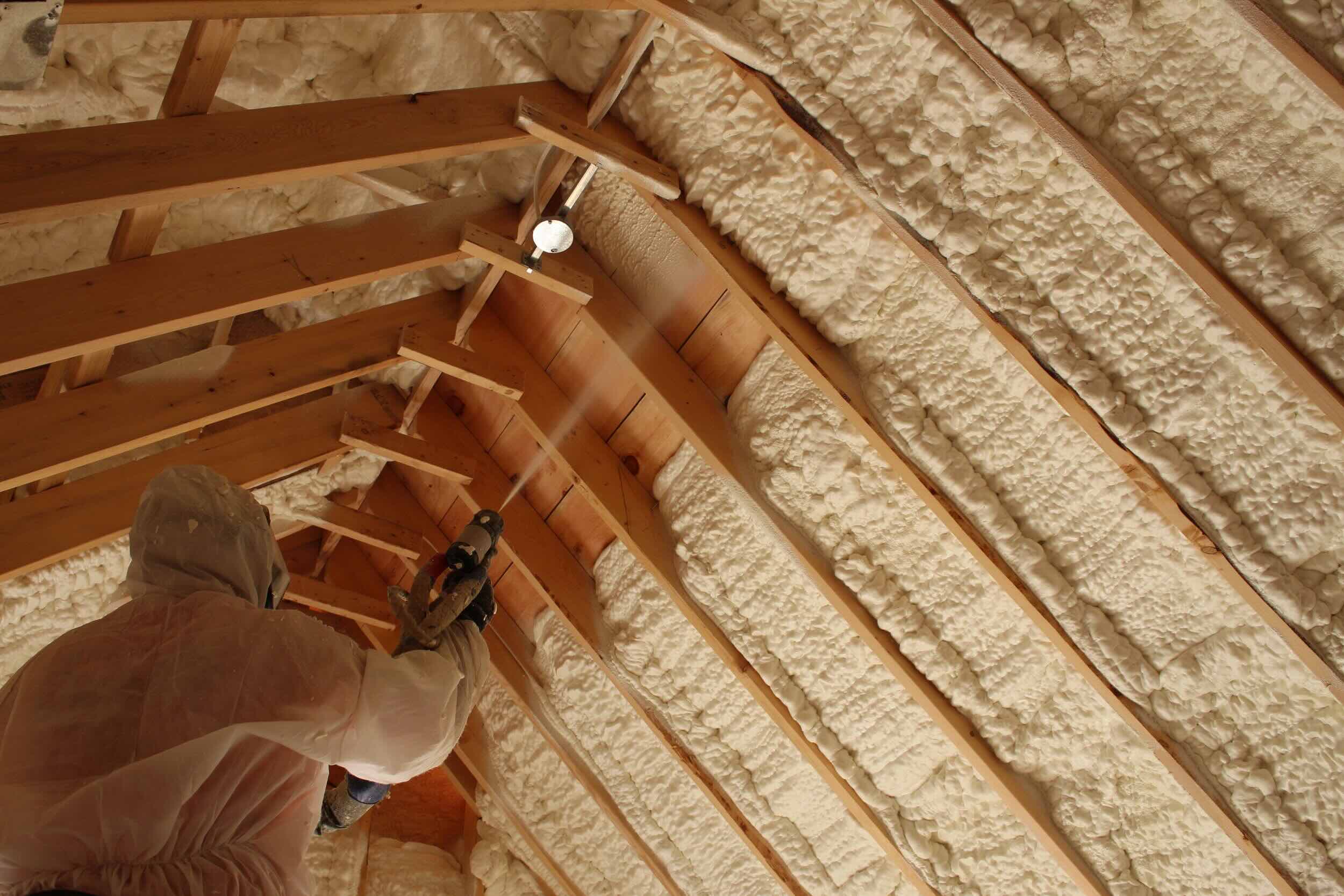

0 thoughts on “How Much Does It Cost To Insulate Exterior Walls”